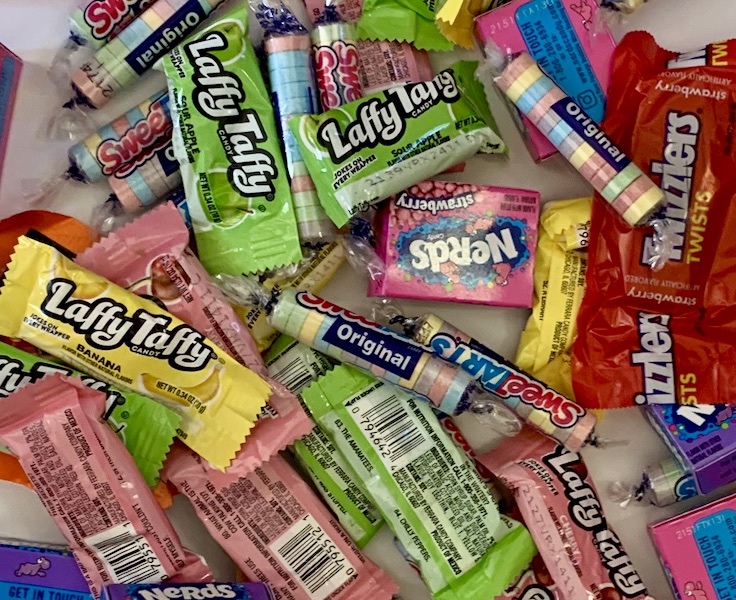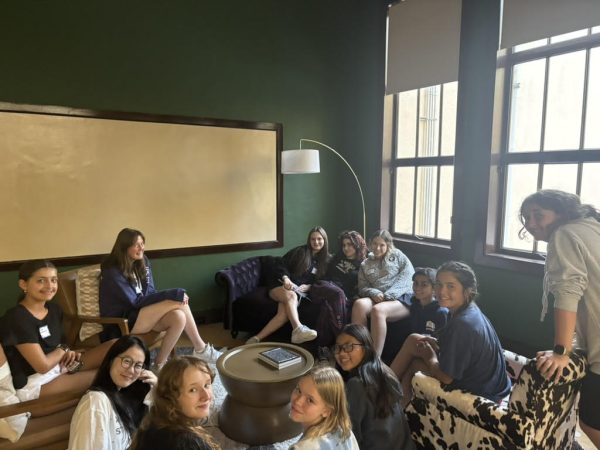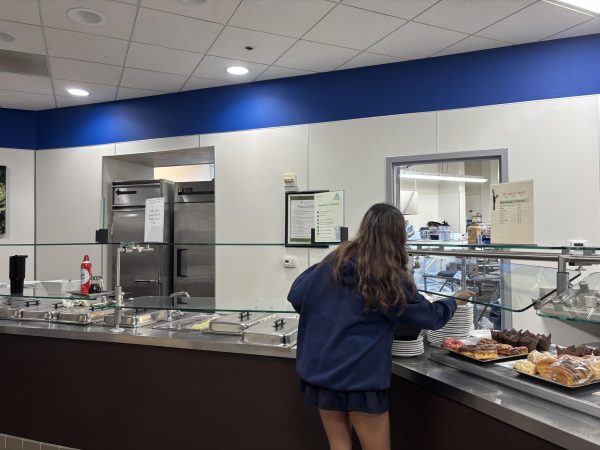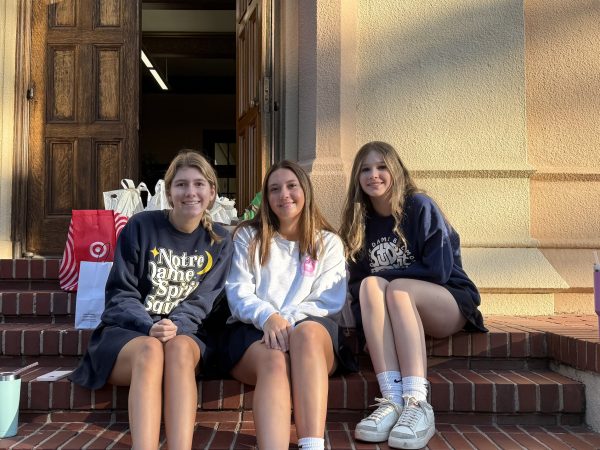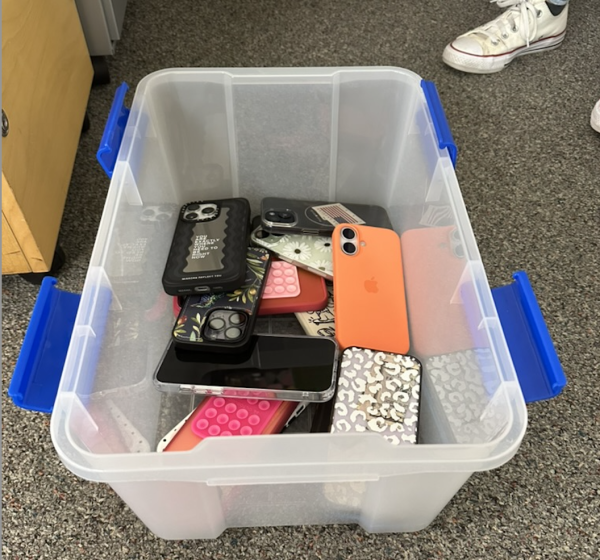Emergence of rainbow fentanyl in the U.S. puts children and teenagers at risk
The Catalyst / Kathleen Davidson
Rainbow fentanyl is being disguised as candy, making trick or treating especially dangerous during the Halloween season.
The fentanyl crisis in the United States has drastically worsened in recent months, driven by the new production of “rainbow fentanyl,” a deadly drug seemingly targeted toward children and teenagers.
Fentanyl, an extremely addictive synthetic opioid, is the world’s deadliest drug. It is 50 to 100 times more powerful than morphine and causes around 60,000 overdose-related deaths in the U.S. annually. It is often mixed with other opioids to increase its strength and create a short-term high, and most fentanyl overdoses occur when a user takes a dose of what they believe to be heroin or cocaine but is actually a lethal dose of fentanyl.
The U.S. has been in the midst of an opioid crisis for over 20 years. The number of deaths caused by opioid overdose increases annually, and the percentage of those deaths that are caused by fentanyl grows greater each year as well. In 2021, 80,000 people died from opioid overdose, and 70,000 of those deaths were fentanyl-related.
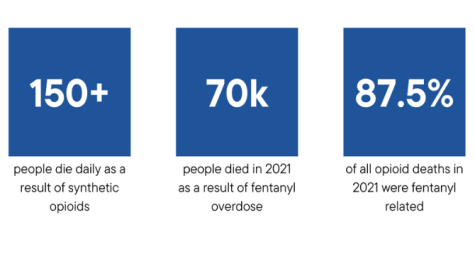
As the number of fentanyl overdoses in the U.S. continues to increase, a new type of this drug entered the illegal market and poses a major threat to young generations. In August of 2022, the U.S. Drug Enforcement Administration began to find and seize “rainbow fentanyl,” a new, brightly-colored type of fentanyl. The candy-like nature of the drug puts all people, especially children and young adults, at risk of accidental ingestion and overdose. As of October 2022, the drug has been found in 21 states.
“Rainbow fentanyl – fentanyl pills and powder that come in a variety of bright colors, shapes and sizes – is a deliberate effort by drug traffickers to drive addiction amongst kids and young adults,” said Drug Enforcement Administration Administrator Anne Milgram.
As Halloween approaches and candy sales rise, the manufacturers and dealers of “rainbow fentanyl” are disguising the drug as candy. It has been found in lethal amounts packaged in wrappers such as Skittles and Nerds, as the bright color of the drug makes it hard to differentiate from the candy.
Trick-or-treating is a classic Halloween tradition for millions of young children and teens, but as “rainbow fentanyl” continues to be disguised and marketed as candy, many parents are concerned for their children’s safety. Older teens attending Halloween parties are not only at risk of eating fake candy but also of consuming drug-laced food or drinks. While accidental drug or opioid consumption at parties has always been a threat, the widespread production and distribution of “rainbow fentanyl” creates an even greater risk for teens.
“I’m hoping that with education and a real understanding of what this stuff is … that people will have enough of an understanding and a legitimate fear to not take this stuff,” said nurse and NDB mom Bridget Wylie. “Educating young people, having them understand the seriousness of this, the danger … It’s not enough to just say don’t do it. Why? Why should you not do it? And I think that explaining that in a way that is honest, is a really good thing.”
As exposure to lethal amounts of fentanyl becomes more common, it is important to be aware of the actions that can save a life. In the case of accidental consumption or overdose, call 911 immediately and administer naloxone, a medication used to reverse an opioid overdose quickly. The rise of the fentanyl crisis has parents and guardians all over the nation worried, and it is becoming common to carry naloxone on-hand in case of an accidental overdose.

Eva Nichter is a senior at NDB and is one of the News Editors for the Catalyst. This is her third year as a student writer for the newspaper. In addition...

